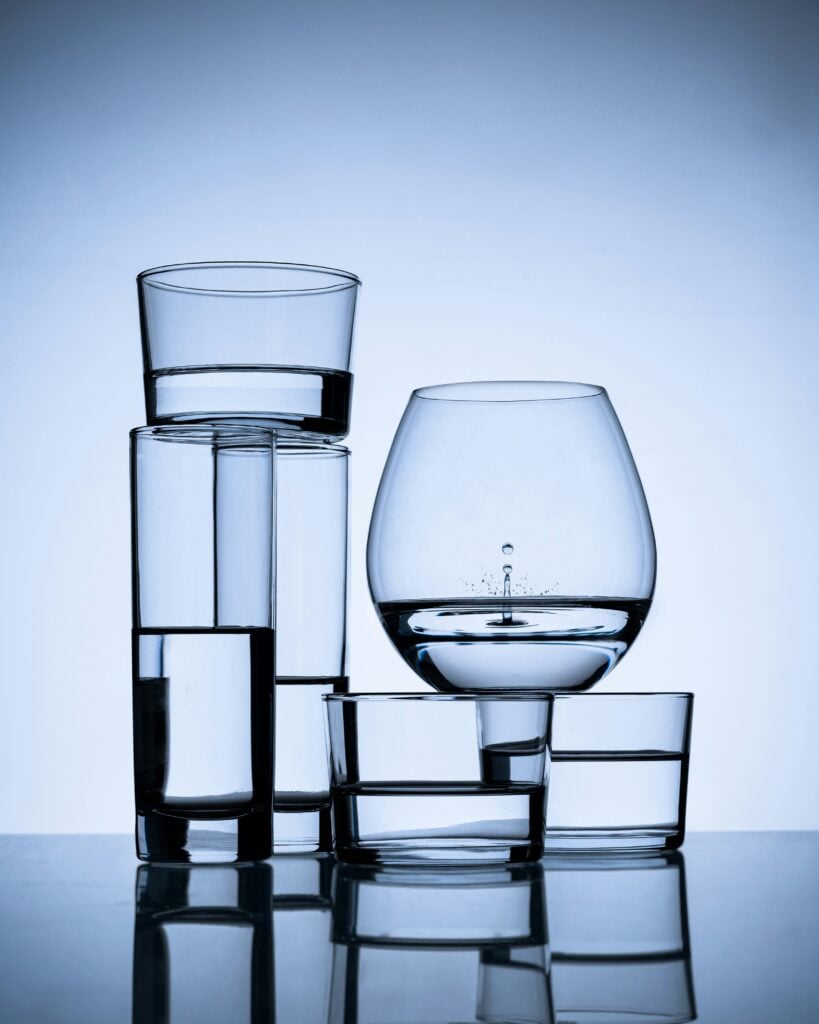
Have you ever noticed chalky buildup around your faucet, stiff laundry after washing, or spotty dishes from the dishwasher? If so, you may have hard water. Thankfully, there’s a solution—and it starts with understanding one key question: How does a water softener work?
Let’s unlock the secrets of softer water and explore how these smart systems protect your home, appliances, and water quality.
What Is Hard Water?
Hard water contains high levels of calcium and magnesium ions. These minerals may sound harmless, but they cause big headaches for your plumbing and appliances. Over time, mineral buildup can clog pipes, reduce the lifespan of your water heater, and make it tough for soap to lather in your washing machine or shower.
Water hardness is usually measured in grains per gallon (GPG). If your water measures over 3.5 GPG, it’s considered hard, and that’s where a water softener can make all the difference.
The Heart of the System: Ion Exchange
The core of a water softener’s softening process is called ion exchange. When hard water enters the system, it passes through a resin tank filled with thousands of tiny resin beads, often made from durable plastic beads called polystyrene.
These beads are negatively charged and are pre-loaded with positively charged sodium ions. Because calcium and magnesium ions carry a stronger positive charge, they “push” the sodium off the beads and take their place.
Here’s what happens step by step:
- Water flows into the mineral tank.
- The resin beads grab onto the calcium and magnesium, removing them from the water.
- Soft water exits the tank and flows through your water supply system.
Just like that, you have water that’s easier on your skin, hair, clothes, and appliances.
The Regeneration Cycle: Resetting the System
Over time, the resin beads become full of calcium and magnesium. That’s where the regeneration cycle comes in. This automatic cleaning phase restores the softener so it can keep working.
It all starts with the brine tank—a container that holds salt and water. When it’s time to regenerate, the system makes a brine solution (a super salty liquid) and sends it into the resin tank.
Here’s how the water softener regeneration process works:
- The brine solution flows into the resin tank.
- The high level of sodium in the solution forces the calcium and magnesium ions off the resin beads.
- The resin beads are recharged with sodium, ready to soften more water.
- The used brine, now full of hard minerals, is flushed down the drain.
Depending on the type of softener, this cycle may happen based on a timer, your water usage, or the system’s own calculations. Some models even have dual mineral tanks to ensure you still get soft water during regeneration.
Why Soft Water Matters
Using a water softener improves more than just your plumbing—it also improves your day-to-day life. Here’s how:
- Cleaner dishes and glassware: Say goodbye to those stubborn white spots.
- Softer clothes: Laundry feels better, and detergent works more effectively.
- Longer-lasting appliances: Your water heater, dishwasher, coffee maker, and washing machine don’t have to fight mineral buildup.
- Better bathing experience: Soft water lathers more easily, leaving you with smoother skin and silkier hair (also requiring you to use less soap, cleaners, and detergent).
- Improved water quality: Removing minerals enhances the taste and usability of your home’s water.
Maintenance Tips for Your Water Softener
To keep your softener running smoothly, follow these simple steps:
- Check salt levels regularly. Refill the brine tank with water softener salt when it runs low (HQ Water Solutions suggests refilling the tank when it is about ¼ full).
- Clean and sanitize the brine tank once or twice a year to prevent salt bridges and sludge.
- Schedule annual servicing or a maintenance appointment if your system starts acting up.
- Know your water hardness. Test periodically to make sure the system is working properly. Work with your water treatment professional to adjust the settings as needed.
Pro tip: Always use high-quality salt made for softeners. Avoid rock salt, which can contain impurities that clog the system.
Choosing the Right Water Softener
Before buying, consider your household size and water usage. A softener’s capacity is often listed in how many grains per gallon (GPG) it can remove before regeneration is needed.
Other factors to look for:
- Meter-based vs. timer-based regeneration: Meter-based units save more salt and water by regenerating only when needed.
- Dual-tank systems: Perfect for large families or homes with high water usage.
- Salt-free options: These don’t soften water in the traditional sense but can help reduce scale buildup. (Note: These are technically water conditioners, not softeners.)
If you’re unsure what you need, HQ Water Solutions can help with expert advice and water testing.
So, How Does a Water Softener Work?
Let’s recap:
- Hard water carries calcium and magnesium ions that cause buildup and reduce water quality.
- Water softeners use ion exchange in a resin tank to swap these minerals with sodium ions.
- The system resets with a regeneration cycle using a brine tank and brine solution.
- The result? Cleaner dishes, longer-lasting appliances, and better-feeling water.
Whether you’re tired of scrubbing soap scum or just want to extend the life of your plumbing, a water softener is one of the best investments you can make for your home. It’s a simple solution to a common problem that pays off every time you turn on the tap.
Need help deciding which system is right for you? Contact HQ Water Solutions today and take the first step toward softer, better water.
